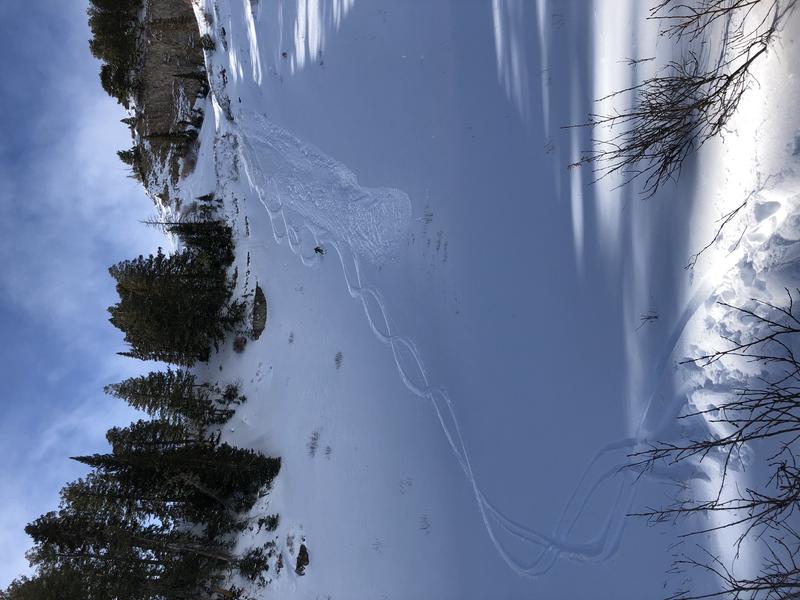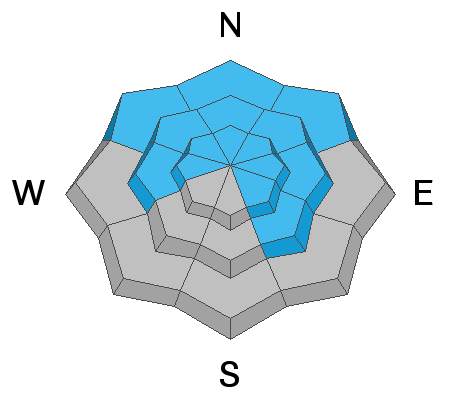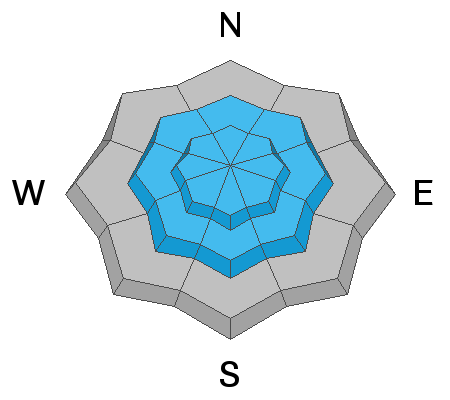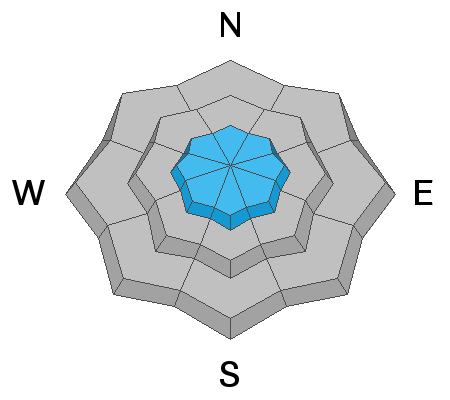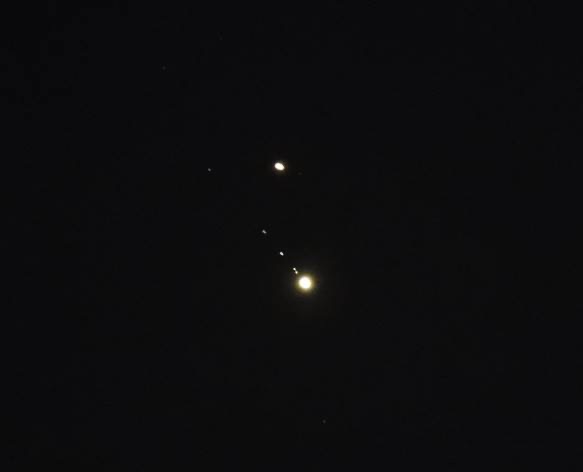Forecast for the Provo Area Mountains

Issued by Drew Hardesty on
Tuesday morning, December 22, 2020
Tuesday morning, December 22, 2020
A CONSIDERABLE avalanche danger exists on many slopes at the mid and upper elevations. Human triggered avalanches 1-2' deep remain likely...and may still be triggered from a distance.
The danger for new snow and wind slabs will also be on the rise today. Know that any new snow avalanche in steep shady terrain may step down and trigger a much deeper avalanche.
Conservative decision making and awareness of changing conditions will be essential today.

Low
Moderate
Considerable
High
Extreme
Learn how to read the forecast here


